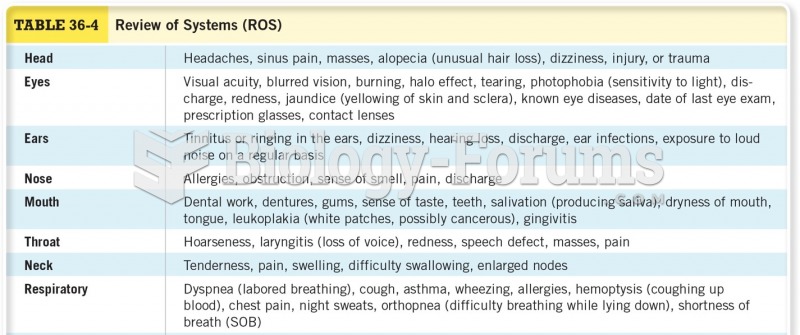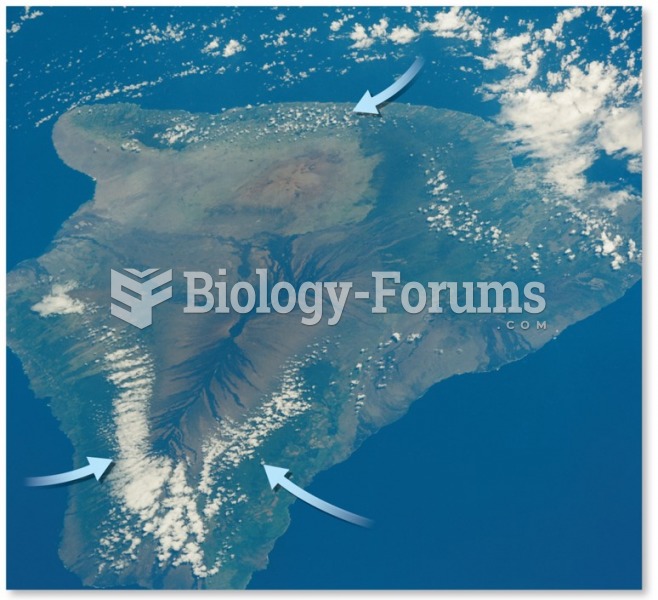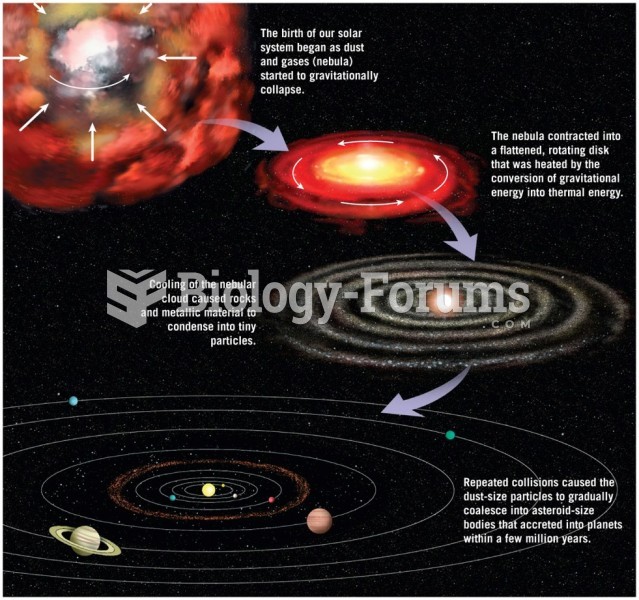Answer to Question 1
The environment in which the operator is working is unusually hectic, and the pressure to complete a job that is already behind schedule is intense. These factors are stressors that can cloud the judgment of those collecting information, weighing risks, and making the decision. When stressors are introduced between points 1 and 3 in Figure 3-5, the likelihood of an accident increases.
Answer to Question 2
A system is a group of regularly interacting and interrelated components that together form a unified whole. This definition is the basis for the systems theory of accident causation. This theory views a situation in which an accident may occur as a system comprised of the following components: person (host), machine (agency), and environment. The likelihood of an accident occurring is determined by how these components interact. Changes in the patterns of interaction can increase or reduce the probability of an accident.
For example, an experienced employee who operates a crane may take a two-week vacation. Her temporary replacement may be less experienced. This change in a component of the system (person/host) increases the probability of an accident. Such a simple example is easily understood. However, not all changes in patterns of interaction are this simple. Some are so subtle that their analysis may require a team of people, each with a different type of expertise.
The primary components of the systems model are the person/machine/environment, information, decisions, risks, and the task to be performed. Each of the components has a bearing on the probability that an accident will occur.







